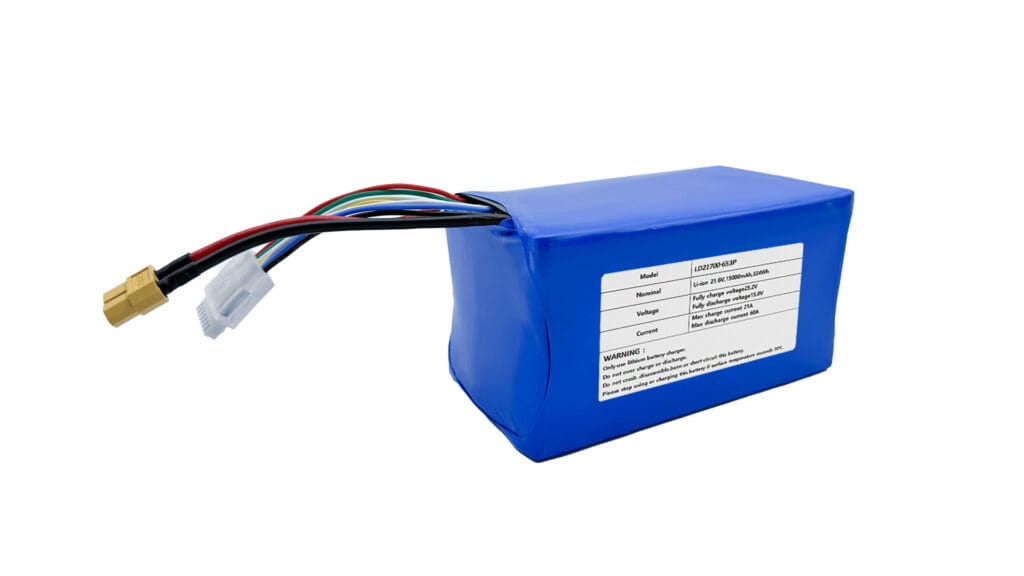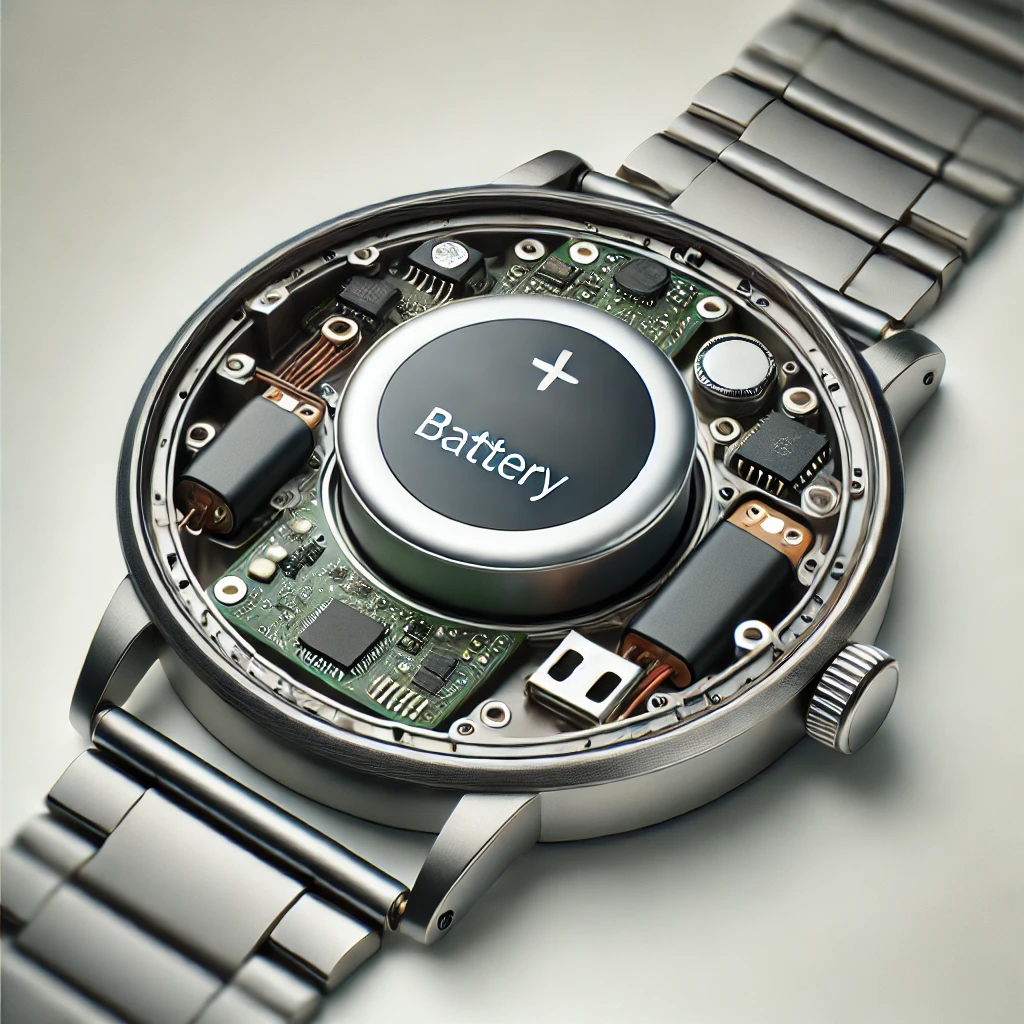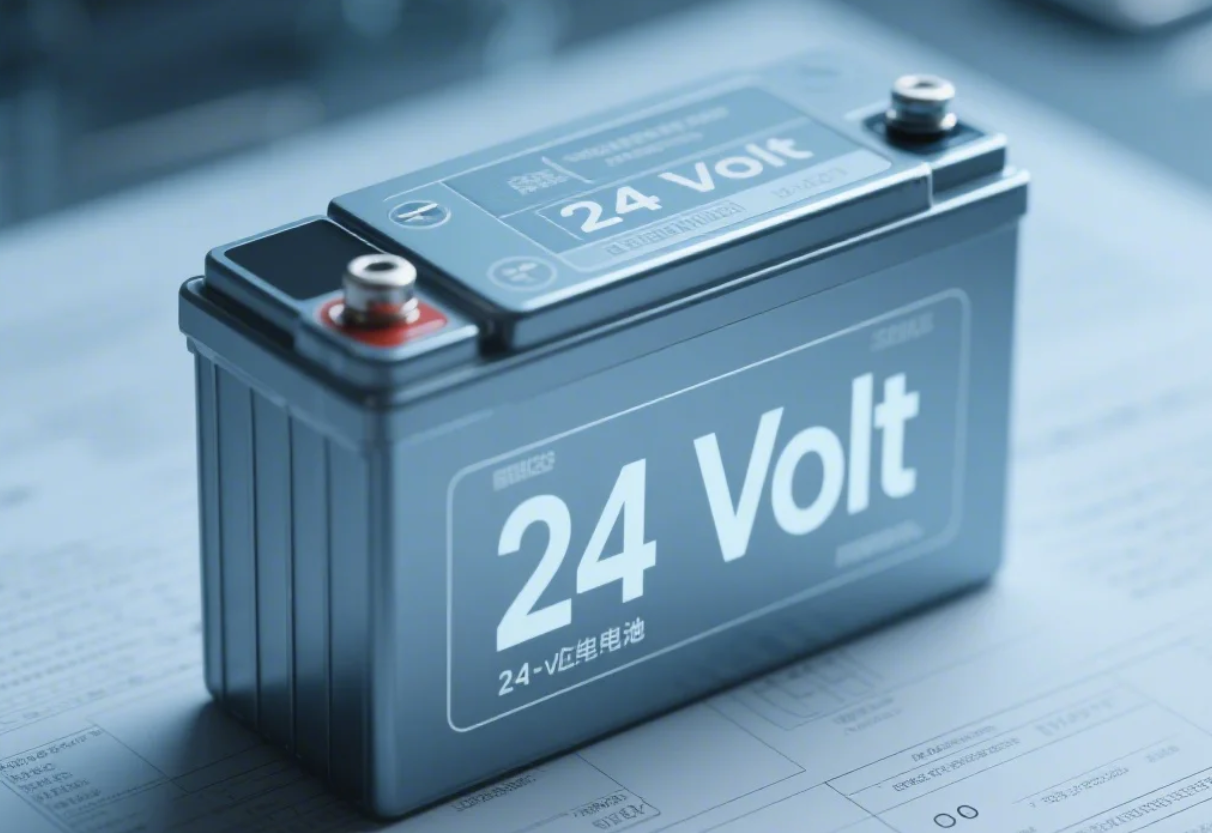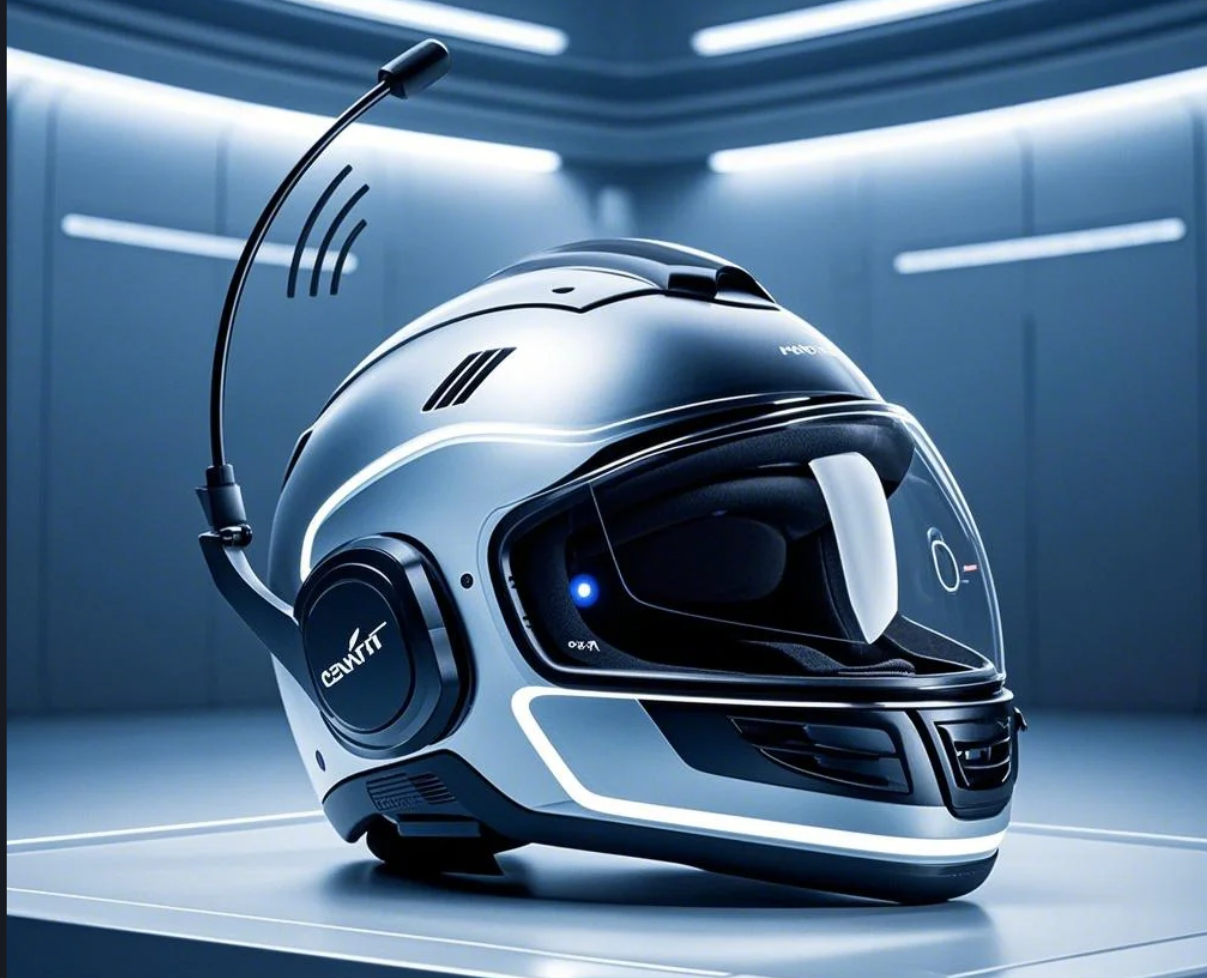Introducción
FPV drones come in a wide range of frame sizes and flight styles: tiny indoor racers barely larger than a smartphone, nimble sub-250 g quads that slip past registration rules, powerful 5″ freestyle machines, and endurance-focused 6″–7″ rigs. Regardless of category, one constant remains: you need a battery that balances energy capacity, discharge capability, and weight to match your frame and motors.
Lithium polymer (LiPo) batteries reign supreme in FPV because they deliver high current (high C-rating) in a lightweight, flexible pouch. Unlike cylindrical cells, LiPos can be made flat and shaped to fit under a flight controller board or behind a canopy. Their discharge curve—from 4.2 V per cell down to roughly 3.2 V under load—provides predictable throttle response. In this article, we’ll cover:
-
FPV drone types and typical frame sizes.
-
LiPo battery fundamentals: voltage (S-count), capacity (mAh), C-rating, weight.
-
How to match LiPo packs to each drone type (micro, sub-250 g, freestyle, cinewhoop, long-range).
-
Key considerations: thrust-to-weight, voltage sag, pack placement.
-
Real-world case studies comparing common LiPo setups.
-
Battery maintenance and safety best practices.
-
21700 battery pack: new battery solutions
Overview of FPV Drone Types & Frame Sizes
FPV drones are often categorized by frame diagonal (wheelbase) in millimeters or by propeller size. Below is a breakdown of the most common FPV categories:
-
Micro FPV (Tiny Whoop: 1″–3″, 65–85 mm)
-
Typical Use: Indoor flying, entry-level practice, tiny whoop leagues.
-
Motors: 1102–1106 or 1306 brushless (mounted inside protective ducts).
-
Prop Size: 40 mm–55 mm.
-
Weight (All-Up): 60–80 g (including battery).
-
Recommended LiPo: 1S–2S, 300–650 mAh, 45C–80C.
-
Flight Time: ~2–4 minutes hover; ~1.5–2 minutes aggressive.
-
-
Sub-250 g / Micro-Light (2.5″–3.5″, 100–200 mm)
-
Typical Use: Outdoor park flying, under-250 g regulations, beginner freestyle.
-
Motors: 1105–1407 (1105 for lighter, 1407 for more thrust).
-
Prop Size: 65 mm (2.5″) or 75 mm (3″).
-
Weight (All-Up): 230–250 g (including battery).
-
Recommended LiPo: 3S–4S, 650–1,000 mAh, 60C–100C.
-
Flight Time: ~3–5 minutes mixed throttle; ~5–6 minutes gentle hover.
-
-
Standard/Freestyle (5″, 180–220 mm)
-
Typical Use: Outdoor freestyle, skatepark sessions, backyard acro.
-
Motors: 2206–2306 (2,300 KV–2,600 KV on 4S; 1,800 KV–2,000 KV on 6S).
-
Prop Size: 125 mm (5″).
-
Weight (All-Up): 850–1,000 g (including battery).
-
Recommended LiPo:
-
4S: 1,300–1,800 mAh, 75C–100C.
-
6S: 1,000–1,300 mAh, 100C–120C (for racers or aggressive flyers).
-
-
Flight Time:
-
4S 1,500 mAh: ~4 minutes aggressive; ~5 minutes hover.
-
6S 1,200 mAh: ~3 minutes aggressive; ~4 minutes hover (with more thrust).
-
-
-
Cinewhoop / Hybrid (3″–4″ cine frames)
-
Typical Use: Cinematic indoor/outdoor video, safe proximity flying.
-
Motors: 1105–1407 (3″) or 1407–1806 (4″), with low-pitch props.
-
Prop Size: 75 mm–100 mm (ducted).
-
Weight (All-Up): 300–500 g (including camera + ducts).
-
Recommended LiPo: 4S–6S, 2,200–3,000 mAh, 65C–100C.
-
Flight Time:
-
4S 2,500 mAh: ~7 minutes hover (with ~300 g camera).
-
6S 2,200 mAh: ~6 minutes hover at ~70% throttle (with ~300 g camera).
-
-
-
Long-Range / Endurance (6″–7″, 220–315 mm)
-
Typical Use: Aerial mapping, surveying, search & rescue, extended-range photography.
-
Motors: 2208–2812, low KV (800–1,200 KV).
-
Prop Size: 150 mm–175 mm (6″–7″).
-
Weight (All-Up): 1,200–2,000 g (depending on payload).
-
Recommended LiPo: 6S–8S, 3,000–6,000 mAh, 30C–45C.
-
Flight Time:
-
6S 4,000 mAh: ~15–20 minutes cruise at 50–60% throttle.
-
6S 6,000 mAh: ~20–25 minutes cruise.
-
8S 3,500 mAh: ~18–22 minutes cruise (thanks to higher voltage, lower current draw).
-
-
Frame-to-Wheelbase Reference (approximate):
• 1″–2″ (25–50 mm) → Tiny Whoop
• 2.5″–3″ (65–85 mm) → Sub-250 g micro
• 5″ (125 mm) → Standard freestyle
• 6″ (150 mm) → Long-range efficiency
• 7″ (175 mm) → Heavy-lift / mapping
LiPo Battery Fundamentals
1. Voltage & “S-Count”
A LiPo pack’s “S” rating equals the number of cells wired in series. Each LiPo cell has a nominal voltage of ~3.7 V (4.2 V fully charged, ~3.3 V under load). Therefore:
-
1S: 3.7 V nominal (4.2 V full)
-
2S: 7.4 V nominal (8.4 V full)
-
3S: 11.1 V nominal (12.6 V full)
-
4S: 14.8 V nominal (16.8 V full)
-
5S: 18.5 V nominal (21.0 V full)
-
6S: 22.2 V nominal (25.2 V full)
-
7S: 25.9 V nominal (29.4 V full)
-
8S: 29.6 V nominal (33.6 V full)
Most FPV pilots choose 4S (the “sweet spot”) for 5″ freestyle, 6S for high-volt racing or long-range, and 6S–8S for extreme endurance or heavy-lift tasks.
2. Capacity (mAh) & Flight Time
Capacity is measured in milliamp-hours (mAh). Roughly:
Flight Time (minutes) ≈ (Capacity ÷ Average Current Draw) × 60 × 0.80 (80% usable)
For example, a 1,500 mAh LiPo drawing 60 A average → 1.5 Ah ÷ 60 A = 0.025 hours = 1.5 minutes × 0.8 = ~1.2 minutes at full throttle. In real-world mixed-throttle flying, expect ~4 minutes from a 1,500 mAh 4S at a 60 A average draw.
-
High-Capacity Packs (≥ 2,200 mAh): Common for cinewhoops or endurance builds, but they weigh more.
-
Lower-Capacity, High-C Packs (1,000–1,500 mAh, 75C–120C): Standard for freestyle and racing, where rapid discharge matters more than raw capacity.
3. C-Rating & Discharge Curve
C-rating indicates the maximum continuous discharge current relative to capacity. For example, a 2,000 mAh LiPo at 100 C can theoretically deliver 200 A continuously (2 Ah × 100 C = 200 A). In practice, internal resistance and voltage sag limit usable current, but a higher C-rating still means less sag under load.
-
Caída de tensión: Under heavy draw, a 1,500 mAh 75 C pack might sag to 3.3 V/cell at a 50 A draw, whereas a 1,500 mAh 100 C pack under the same load might only drop to ~3.6 V/cell—preserving throttle response.
-
Burst C-Rating: Some packs list a burst rating (e.g., 100C/200C), allowing short, high-current peaks. Sustained continuous rating is more important for temperature management.
4. Energy Density & Weight Trade-Offs
LiPo energy density typically falls around 200–220 Wh/kg (depending on pouch packaging). As an example, an 1,800 mAh 4S LiPo (14.8 V nominal) stores ~26.64 Wh and weighs ~200 g. Thus:
26.64 Wh ÷ 0.2 kg = ~133 Wh/kg (pack basis)
A 2,200 mAh 4S (32.56 Wh, ~240 g) yields ~135 Wh/kg.
-
Heavier, Higher-Capacity Packs: Longer flight but reduced agility.
-
Lighter, Lower-Capacity Packs: High thrust-to-weight ratio but shorter runtime.
Every pilot must find the sweet spot: enough amp-hours for the flight style without overweighting the frame.
Matching LiPo Batteries to FPV Drone Types
Below is a detailed guide for each FPV category—matching frame, motor needs, and flight style with LiPo pack voltage, capacity, and C-rating.
1. Micro FPV (Tiny Whoop: 1″–3″, 65–85 mm)
-
Use Case: Indoor practice, tiny whoop racing, exploration of small spaces.
-
Recommended LiPo:
-
1S 300–450 mAh, 45C–80C
-
2S 300–650 mAh, 45C–75C (for slightly more thrust on brushless whoop motors)
-
-
Flight Time: ~2–4 minutes hover; ~1.5–2 minutes aggressive.
-
Typical Draw: 8–12 A hover; 15–20 A peak.
-
Why These Specs: Tiny Whoop motors cannot sustain very high current—too much C-rating simply adds weight for little benefit. A 2S 450 mAh 65C provides ~29 A (0.45 Ah × 65 C = 29 A), yielding about 3 minutes of moderate throttle flight.
Example Calculation:
A 2S 450 mAh 65C pack (~20 g) powering a 1106 6000 KV motor:
-
Hover draw ~10 A → 0.45 Ah ÷ 10 A = 0.045 h = 2.7 minutes × 0.8 ≈ 2.2 minutes.
-
Aggressive bursts up to 20 A reduce runtime to ~1.5 minutes.
2. Sub-250 g / Micro-Light (2.5″–3.5″, 100–200 mm)
-
Use Case: Outdoor park flying, under-250 g compliance, beginner freestyle.
-
Recommended LiPo:
-
3S 650–850 mAh, 60C–100C
-
4S 650–1,000 mAh, 75C–100C
-
-
Flight Time: ~3–5 minutes mixed throttle; ~5–6 minutes gentle hover.
-
Typical Draw: 20–30 A hover; 40–60 A peak.
-
Why These Specs: A 3S 850 mAh 75C pack (~45 g) can deliver ~63 A continuous (0.85 Ah × 75 C = 63 A). Pilots often choose 4S on 3″ frames for snappier throttle: a 4S 850 mAh 100C (~55 g) can supply ~85 A.
Example Calculation:
3″ sub-250 g quad with 1105 3600 KV motors:
-
3S 850 mAh 75C LiPo: Hover ~20 A → 0.85 Ah ÷ 20 A = 0.042 h = 2.5 minutes × 0.8 ≈ 2 minutes of mixed-throttle flight; ~3 minutes gentle.
-
4S 850 mAh 100C: Hover ~18 A → 0.85 Ah ÷ 18 A ≈ 0.047 h = 2.8 minutes; more thrust when needed (peak ~60 A).
3. Standard/Freestyle (5″, 180–220 mm)
-
Use Case: Outdoor freestyle, skatepark sessions, general hobby flying.
-
Recommended LiPo:
-
4S 1,300–1,800 mAh, 75C–100C (most common)
-
6S 1,000–1,300 mAh, 100C–120C (for sharper throttle response)
-
-
Flight Time:
-
4S 1,500 mAh 75C (≈180 g): ~4 minutes aggressive; ~5 minutes hover.
-
6S 1,200 mAh 100C (≈160 g): ~3 minutes aggressive; ~4 minutes hover with 10–12% more thrust.
-
-
Typical Draw: 60–70 A hover (4S) or 50–60 A (6S); 100–140 A peaks during acro.
-
Why These Specs: A 4S 1,500 mAh 100C pack supplies 150 A max (1.5 Ah × 100 C = 150 A). Under an average 60 A draw, 1.5 Ah ÷ 60 A = 0.025 h = 1.5 minutes × 0.8 = 1.2 minutes at sustained full throttle—balanced by occasional hover segments. That equates to ~4 minutes of mixed flight.
Freestyle vs. Racing Considerations:
-
Freestyle Pilots often favor 4S 1,800 mAh because its 14.8 V output gives smoother throttle transitions and the extra capacity yields a few more seconds mid-air.
-
Racers/Aggressive Flyers often choose 6S 1,200 mAh 100C because 22.2 V allows similar power at lower current (~60 A instead of ~90 A), reducing heat on ESCs/motors and generating sharper throttle response.
4. Cinewhoop / Hybrid (3″–4″ Cine Frames)
-
Use Case: Cinematic indoor/outdoor video, safe close-quarters flight.
-
Recommended LiPo:
-
4S 2,200–3,000 mAh, 65C–100C (for GoPro Session or similar)
-
6S 2,200–3,000 mAh, 65C–100C (for longer runs with heavier camera gear)
-
-
Flight Time:
-
4S 2,500 mAh 75C (≈240 g): ~7 minutes hover (with ~300 g camera).
-
6S 2,200 mAh 75C (≈220 g): ~6 minutes hover at ~70% throttle (with ~300 g camera).
-
-
Typical Draw: 15–25 A hover; 35–45 A peaks during minor corrections.
-
Why These Specs: Cinewhoops carry extra mass (gimbal, GoPro, LEDs). A 4S 2,500 mAh pack can supply 187.5 A max (2.5 Ah × 75 C). Under a 20 A hover draw: 2.5 Ah ÷ 20 A = 0.125 h = 7.5 minutes × 0.8 ≈ 6 minutes of real flight. Using 6S 2,200 mAh at 22.2 V yields 165 A max (2.2 Ah × 75 C). That same 20 A hover draw yields 0.11 h = 6.6 minutes × 0.8 ≈ 5 minutes—enough for most cinematic runs.
-
Voltage Stability: Cinewhoops need consistent voltage under load to avoid jello in footage. A slightly higher C-rating (e.g., 100C) minimizes sag when tilting or yawing with added drag from the camera.
5. Long-Range / Endurance (6″–7″, 220–315 mm)
-
Use Case: Aerial mapping, surveying, search & rescue, extended-range photography.
-
Recommended LiPo:
-
6S 3,000–6,000 mAh, 30C–45C
-
8S 3,000–5,000 mAh, 30C–45C (optimizing voltage over current draw)
-
-
Flight Time:
-
6S 4,000 mAh 35C (≈380 g): ~15–20 minutes cruise at 50–60% throttle.
-
6S 6,000 mAh 30C (≈500 g): ~20–25 minutes cruise.
-
8S 3,500 mAh 40C (≈400 g): ~18–22 minutes cruise (due to higher voltage, lower current).
-
-
Typical Draw: 20–30 A cruise; 40–60 A peaks climbing.
-
Why These Specs: Long-range frames emphasize efficiency over brute power. Low-KV motors (800–1,200 KV) spinning large 6″–7″ props at moderate RPM generate lift with relatively low current draw (~20–30 A). For instance, a 4 Ah pack at 25 A cruise → 4 Ah ÷ 25 A = 0.16 h = 9.6 minutes × 0.8 ≈ 7.7 minutes of stable flight. Because long-range rigs frequently operate at 40–50% throttle, actual flight times often edge toward 15–20 minutes.
-
8S vs. 6S Considerations: An 8S pack (29.6 V nominal) delivering 600 W requires only ~20 A (29.6 V × 20 A = 592 W), whereas a 6S pack delivering 600 W needs ~27 A (22.2 V × 27 A ≈ 600 W). Lower current reduces ESC/motor heat and slightly improves endurance—though 8S packs tend to be more expensive and harder to source at very high mAh ratings.
Key Selection Considerations
1. Thrust-to-Weight (T/W) vs. Flight Time
Thrust-to-Weight Ratio = (Total Motor Thrust at Full Throttle) ÷ (All-Up Drone Weight).
-
Acro/Racing Quads often aim for T/W ≥ 5:1. For a 1,000 g drone to be fully nimble, it needs ≥ 5,000 g of thrust total.
-
Ejemplo: A 5″ freestyle quad on a 6S 1,200 mAh pack (AUW 950 g) generating ~1,300 g per motor → total thrust ~5,200 g → T/W ≈ 5.5:1.
-
Ejemplo: The same quad on a 4S 1,800 mAh pack (AUW 900 g) generating ~1,200 g per motor → total ~4,800 g → T/W ≈ 4,800/900 ≈ 5.3:1.
Trade-Off: Heavier batteries (higher mAh) reduce T/W but extend flight. Lighter, lower-mAh packs boost agility at the cost of runtime. Choose based on preferred flight style: sustained freestyle vs. extended mapping.
2. Voltage Sag & C-Rating
Under high current draw, LiPo voltage sags—dropping effective voltage at the motor. A higher C-rating reduces sag.
-
Example Data:
-
4S 1,500 mAh 50C: Under a 50 A draw → nominal 14.8 V, sag to ~12.8 V (3.2 V/cell).
-
4S 1,500 mAh 100C: Under the same 50 A → sag to ~14.0 V (3.5 V/cell).
-
Recommendation:
-
Use ≥ 75C for sub-250 g builds.
-
Use ≥ 100C for 5″ freestyle/racing.
-
Use 30C–45C for long-range packs (because these rigs draw lower current overall, making extremely high-C unnecessary).
3. Battery Weight & Center-of-Gravity (CG) Effects
Every extra gram shifts CG, affecting flight characteristics—especially roll and pitch responsiveness.
-
Ejemplo: A 4S 1,800 mAh pack (~200 g) vs. a 4S 2,200 mAh (~240 g) will make the front heavier if mounted under the flight controller. To compensate, you might move the camera forward or adjust blade tilt.
-
Tip: Position the LiPo as close as possible to the FC’s center-of-mass or slightly rearward to match camera offset—ensuring neutral pitch/roll control.
Real-World Case Studies
Case Study A: 5″ Freestyle Build (4S 1,800 mAh vs. 6S 1,200 mAh)
Quad Details:
-
Frame: 5″, 2206 2,300 KV motors, 5″ tri-blade props.
-
AUW w/4S: ~900 g; AUW w/6S: ~950 g.
4S 1,800 mAh 75C LiPo:
-
Max Current: 1.8 Ah × 75 C = 135 A.
-
Average Draw: ~70 A (mixed freestyle).
-
Voltage Under Load: ~13.0 V (3.25 V/cell).
-
Flight Time:
-
1.8 Ah ÷ 70 A ≈ 0.0257 h = 1.54 minutes at sustained high throttle × 0.8 ≈ 1.23 minutes.
-
Mixed-throttle: ~4 minutes.
-
-
Thrust: Each motor ~1,200 g thrust → total ~4,800 g → T/W ≈ 4,800/900 ≈ 5.3:1.
6S 1,200 mAh 100C LiPo:
-
Max Current: 1.2 Ah × 100 C = 120 A.
-
Average Draw: ~65 A (medium-aggressive flying).
-
Voltage Under Load: ~21.6 V → ~20.7 V (3.45 V/cell).
-
Flight Time:
-
1.2 Ah ÷ 65 A ≈ 0.0185 h = 1.11 minutes at sustained high throttle × 0.8 ≈ 0.9 minutes.
-
Mixed-throttle: ~3 minutes.
-
-
Thrust: Each motor ~1,350 g thrust → total ~5,400 g → T/W ≈ 5,400/950 ≈ 5.7:1.
Conclusión:
-
4S 1,800 mAh: ~4 minutes mixed flight, smoother throttle, slightly longer runtime—ideal for casual freestyle sessions.
-
6S 1,200 mAh: ~3 minutes mixed flight, ~12% more thrust, more responsive, cooler ESC/motors during bursts—better for racing or highly aggressive acro.
Case Study B: Long-Range 7″ Build (6S 6,000 mAh vs. 8S 3,500 mAh)
Quad Details:
-
Frame: 7″, 2812 1,000 KV motors, AUW w/6S = ~1,700 g; AUW w/8S = ~1,600 g (slightly lighter pack).
6S 6,000 mAh 30C LiPo:
-
Max Current: 6 Ah × 30 C = 180 A.
-
Average Cruise Draw: ~25 A at 50% throttle (22.2 V).
-
Voltage Under Load: ~21.6 V → ~21.1 V (3.52 V/cell).
-
Flight Time:
-
6 Ah ÷ 25 A = 0.24 h = 14.4 minutes × 0.8 ≈ 11.5 minutes of steady cruise.
-
In practice: ~13–15 minutes (due to occasional low-throttle glides).
-
-
Thrust: Each motor ~1,200 g at 50% throttle → total ~4,800 g → T/W ≈ 4,800/1,700 ≈ 2.82:1.
8S 3,500 mAh 40C LiPo:
-
Max Current: 3.5 Ah × 40 C = 140 A.
-
Average Cruise Draw: ~18 A at 50% throttle (29.6 V).
-
Voltage Under Load: ~29.6 V → ~28.5 V (3.56 V/cell).
-
Flight Time:
-
3.5 Ah ÷ 18 A = 0.194 h = 11.6 minutes × 0.8 ≈ 9.3 minutes of steady cruise.
-
In practice: ~10–12 minutes (with occasional throttle dips).
-
-
Thrust: Each motor ~1,250 g at 50% throttle → total ~5,000 g → T/W ≈ 5,000/1,600 ≈ 3.13:1.
Conclusión:
-
6S 6,000 mAh: ~13–15 minutes real-world flight, lower pack cost per Wh, slightly less agility.
-
8S 3,500 mAh: ~10–12 minutes flight, ~10% more thrust for the same power, more responsive throttle, cooler ESCs at cruise.
Battery Maintenance & Safety Best Practices
LiPo batteries deliver outstanding power density, but they require careful handling to remain safe and reliable.
1. Proper Charging & Storage
-
Utiliza un cargador de equilibrio específico: Always charge LiPos at 1 C (e.g., a 1,500 mAh pack at 1.5 A max) unless the manufacturer explicitly allows faster charging. Charging at ≥ 2 C generates excessive heat and reduces cycle life.
-
Balance Mode: Ensure each cell is balanced to within ±0.02 V. Unbalanced cells risk overcharge or over-discharge on individual cells.
-
Tensión de almacenamiento: If not flying within 24 hours, store LiPo at ~3.8 V per cell (≈50% charge) to reduce internal stress and prolong lifespan by ~30% compared to full-charge storage.
-
Temperatura: Charge and store at room temperature (20–25 °C). Avoid charging below 0 °C (risk of plating) or above 40 °C (accelerates chemical degradation).
-
Seguridad contra incendios: Charge on a fireproof surface or within an approved LiPo bag. Never leave a charging pack unattended.
2. Visual Inspection & Handling
-
Puffiness: A swollen pack indicates internal gas buildup—dispose of it properly.
-
Connector Integrity: Inspect XT30/XT60/XT90 or Molex connectors and solder joints for discoloration, melting, or fraying wires—signs of excessive heat or high resistance.
-
Voltage Checks: Use an on-screen display (OSD) or a handheld LiPo checker to monitor each cell’s voltage under load. Avoid flying if any cell sags below 3.3 V under no load (3.0 V under load).
-
Evite los daños físicos: Store packs in a rigid container. Avoid dropping, puncturing, or puncturing the pouch.
3. Safe Discharge & Landing Protocols
-
Low-Voltage Cutoff (LVC): Program your flight controller or ESC to cut off at around 3.3 V per cell under no load (3.0 V under load). For a 4S pack, that translates to ~13.2 V no-load.
-
Landing Strategy: If you notice voltage sag approaching LVC under hover, shift to gentle forward flight to maintain lift while allowing voltage to recover slightly.
-
Prevent Over-Discharge: Never let any cell drop below 3.0 V under load (3.2 V at rest). Over-discharged LiPo packs risk irreversible cell damage and can swell or become unstable.
4. Temperature Management
-
Ambient Effects: LiPos lose ~20% capacity below 0 °C. In cold climates, warm batteries to ~10 °C before flying.
-
Monitor Cell Temperature: If possible, use an OSD or external temperature sensor to watch cell temps. Avoid flying if pack temperature exceeds 50 °C, as prolonged heat accelerates aging and increases the risk of failure.
5. Disposal & Recycling
-
Safe Discharge: Use a specialized LiPo discharger or a resistive load (an incandescent bulb) to fully discharge packs to ~3.0 V per cell.
-
Saltwater Bath: Submerge the fully discharged pack in a saltwater solution (1 cup table salt per 4 L water) for 24–48 hours to neutralize remaining charge.
-
Recycling Centers: Once inert, wrap terminals in tape and drop off at an e-waste or battery recycling facility. Never throw LiPo packs in the regular trash.
Introducing Our New 21700 Battery Pack Solution
To push FPV performance even further, we’re proud to launch our latest 21700 batería specifically engineered for demanding drone applications.
Principales ventajas
-
Full Tab Construction
Robust “full tab” welding ensures lower internal resistance, cleaner current flow, and superior mechanical integrity under vibration. -
High Discharge Capability
Each cell handles a peak 36 C (5,000 mAh × 36 C = 180 A) with minimal voltage sag, delivering instant throttle response during aggressive maneuvers. -
5 C Fast-Charge Support
Rapid charging up to 5 C (25 A for a 5,000 mAh cell) cuts downtime by up to 80 %, so you spend less time waiting and more time flying. -
Extended Endurance
At 5,000 mAh per cell, these 21700 packs yield significantly longer flight times compared to equivalent-capacity LiPo pouches—perfect for long-range missions or extended cinewhoop sessions. -
Wide Temperature Range (–20 °C to 75 °C)
Chemical stability ensures reliable performance from icy winter mornings to scorching summer days, with no significant capacity loss.
Why 21700 Beats LiPo for FPV
-
Higher Safety
The rigid cylindrical case resists punctures and swelling better than flexible LiPo pouches, reducing fire risk under stress. -
Superior Consistency
Tight manufacturing tolerances deliver uniform voltage and capacity across all cells, minimizing imbalance and the need for frequent manually balancing. -
Lighter at Equal Capacity
A 6-cell 21700 pack (≈396 g total) achieves the same energy as a comparably sized 6 000 mAh LiPo pouch but weighs 10–15 % less, improving thrust-to-weight ratio. -
Outstanding Thermal Tolerance
Sustains performance down to –20 °C (no excessive voltage sag) and up to 75 °C (no rapid capacity fade).
Ideal Applications
-
Long-Range/Endurance Builds: Achieve 30 + minutes of cruise flight on 6 S configurations, covering 50 km or more with ease.
-
High-Power Freestyle/Racing Quads: Nearly zero voltage sag at peak amps, ensuring razor-sharp throttle for 5″ frames.
-
Cinewhoop Cinematic Rigs: Maintain stable voltage under camera and gimbal payload, extending hover time to 10 + minutes.
-
All-Weather Racing: Consistent output from –20 °C to 75 °C means you can compete regardless of ambient conditions.
With our premium 21700 cells, you’ll unlock next-level flight times, unmatched throttle responsiveness, and rock-solid reliability—whether flying acro through a race course or mapping remote terrain. Reach out to explore custom pack configurations tailored to your FPV rig. If you have any questions or needs, feel free to contact us at info@landazzle.com.





